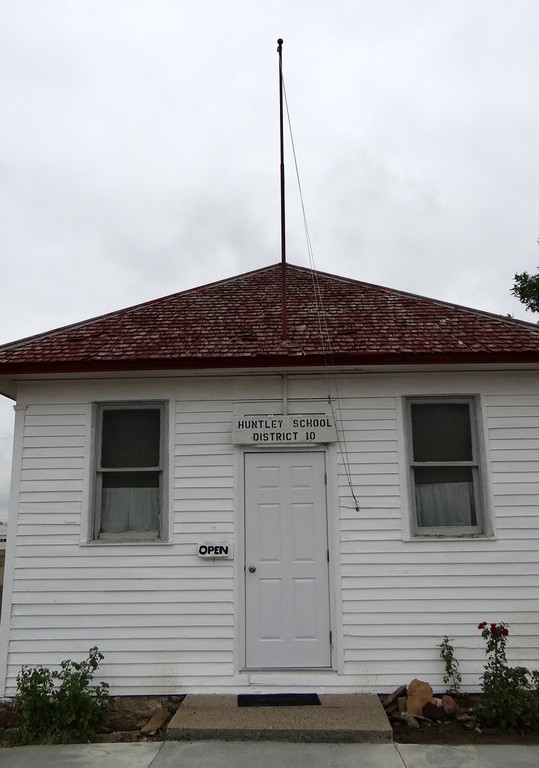
The one room school house he attended held ten students. I liked the way the teacher could just stand by the door and raise and lower the flag each day.
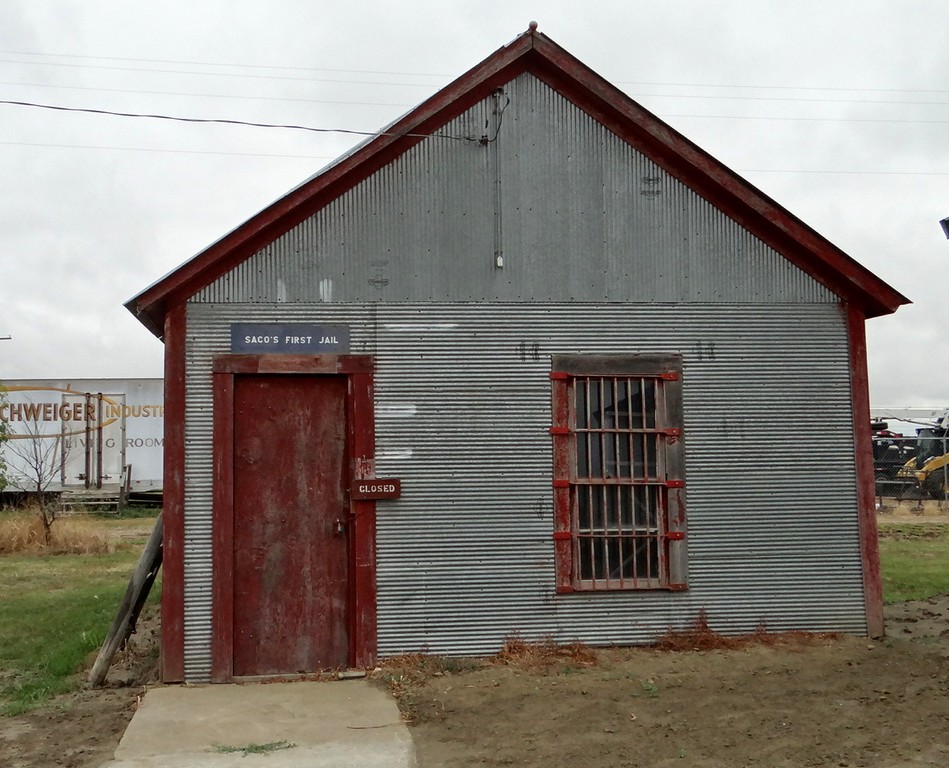
They preserved a one room jail and a small church. The stop takes about ten minutes. The site is unattended and the classroom is behind a floor to ceiling chain link fence.
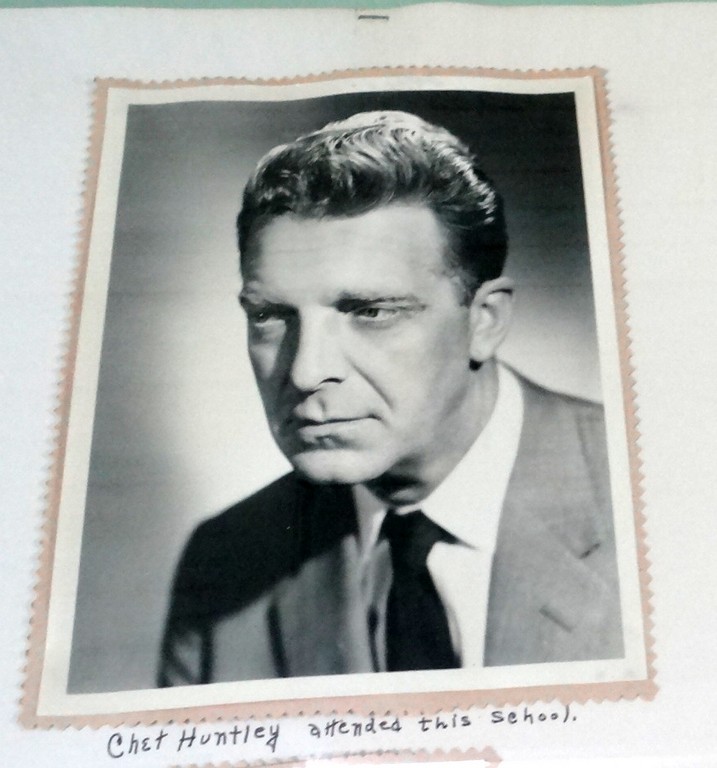
Pictures of various students and teachers are safely tucked behind glass, as they honor their favorite son. Saco is tiny, population about 200.
Our major goal was Malta, a small town of 2,000 with side by side museums of major importance. The Great Plains Dinosaur Museum, and across the parking lot from it, Phillips County Museum, honoring pioneers from this neck of the woods. I chose the Dinosaur Museum and Jim opted for the pioneer museum.
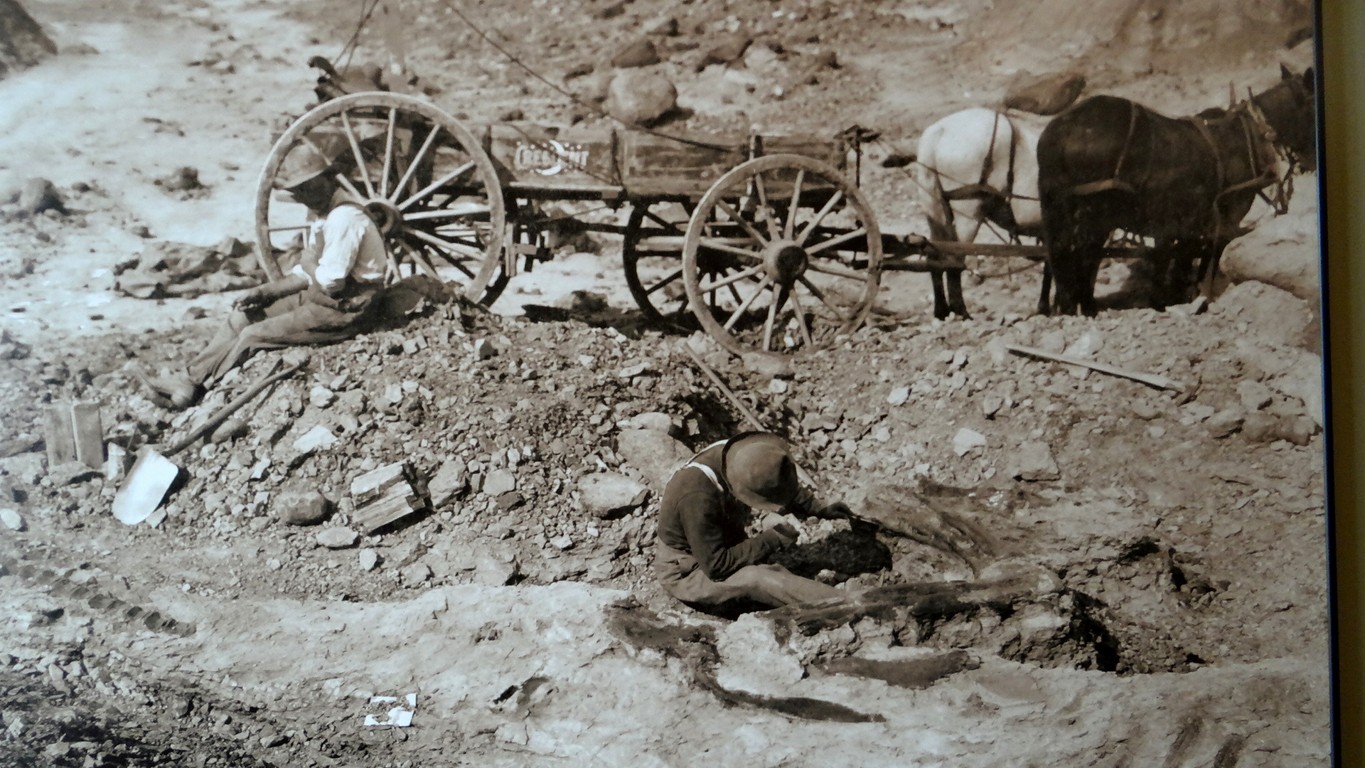
In the old days, archeologists went out with horses and a buckboard to gather fossils. In fact, fossils from Montana were all over the United States in Museums, but none were housed in Montana.
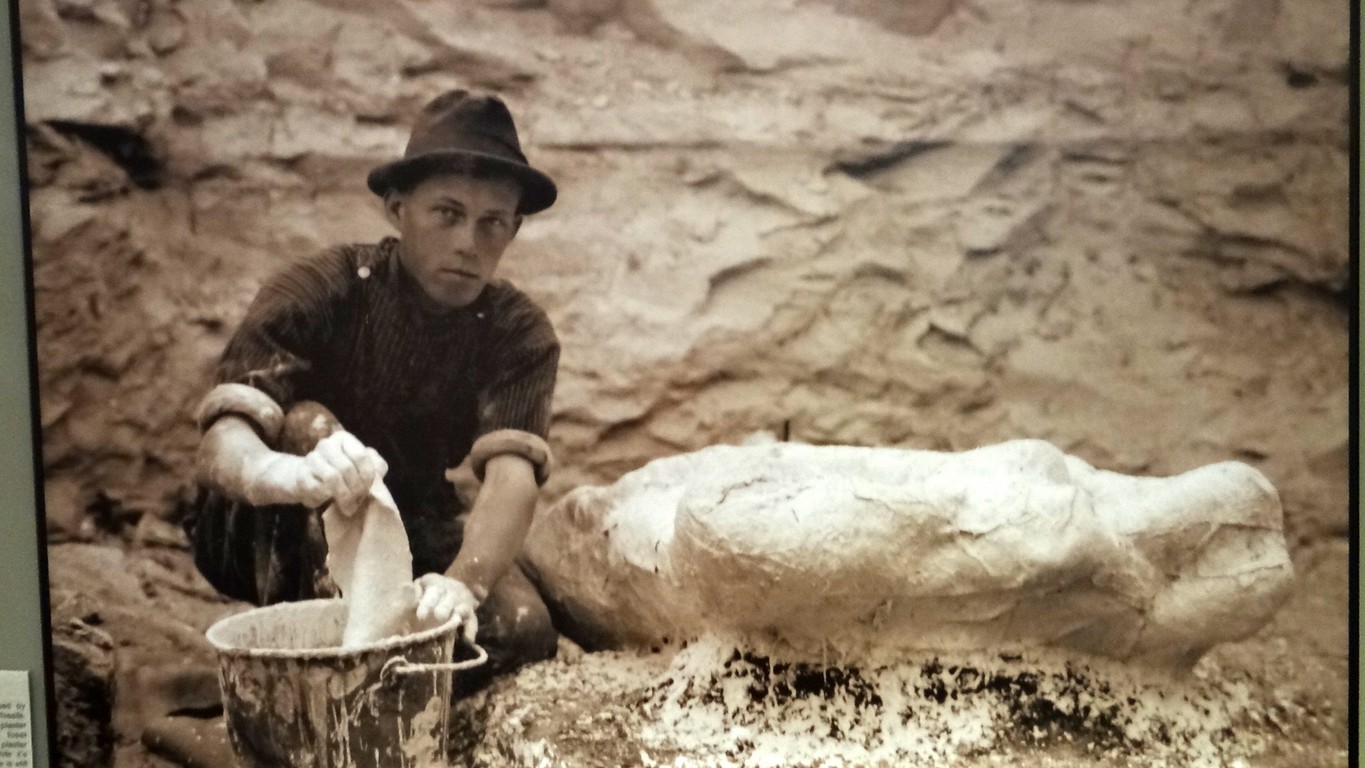
Fossil hunters using tried and true methods, dug up bones, used a varnish on them to help preserve them, then encased them in plaster to protect their fragility. The bones were then delivered to museums or labs for study.
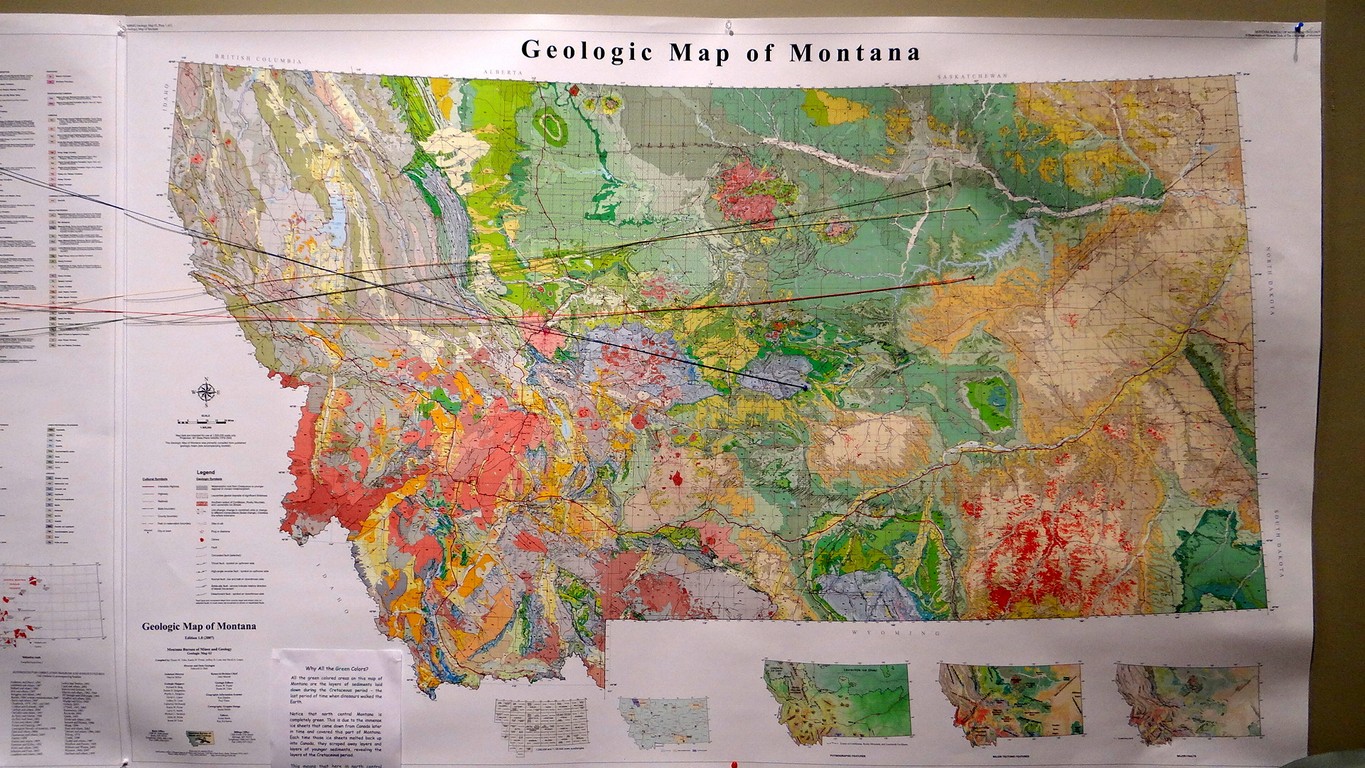
Montana is one of the richest dinosaur repositories from the cretaceous period in the U.S. Looking at the map, the green areas are where to find fossils. Farmers and Ranchers would routinely find bits of bones in the soil but no one was doing anything about it until a group of archeologists founded a volunteer organization that secured a grant to begin the Great Plains Museum. They finally moved into this state funded building in 2002. Small, but expected to expand, it holds fossils from Phillips County and a working field station for their work.

The way things are done today, when the site is identified, the major dirt is removed from on top by machine.
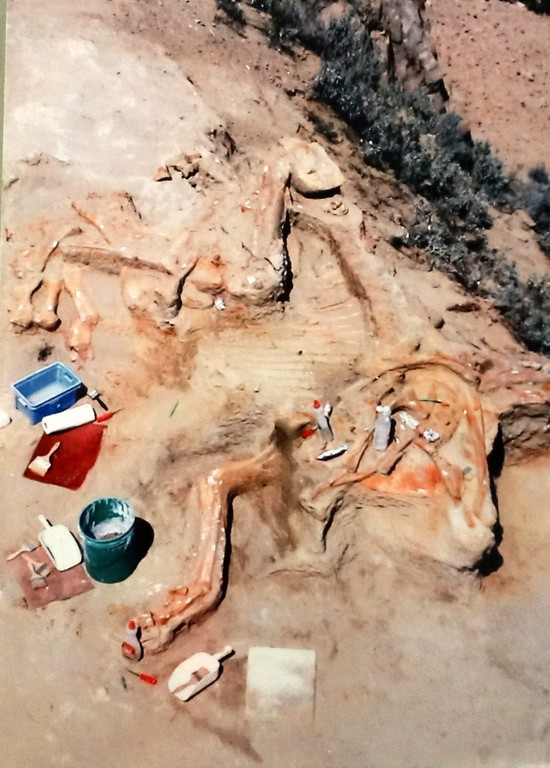
The same type of work takes place, with dental picks, brushes, and small hand tools until the bones begin to appear.
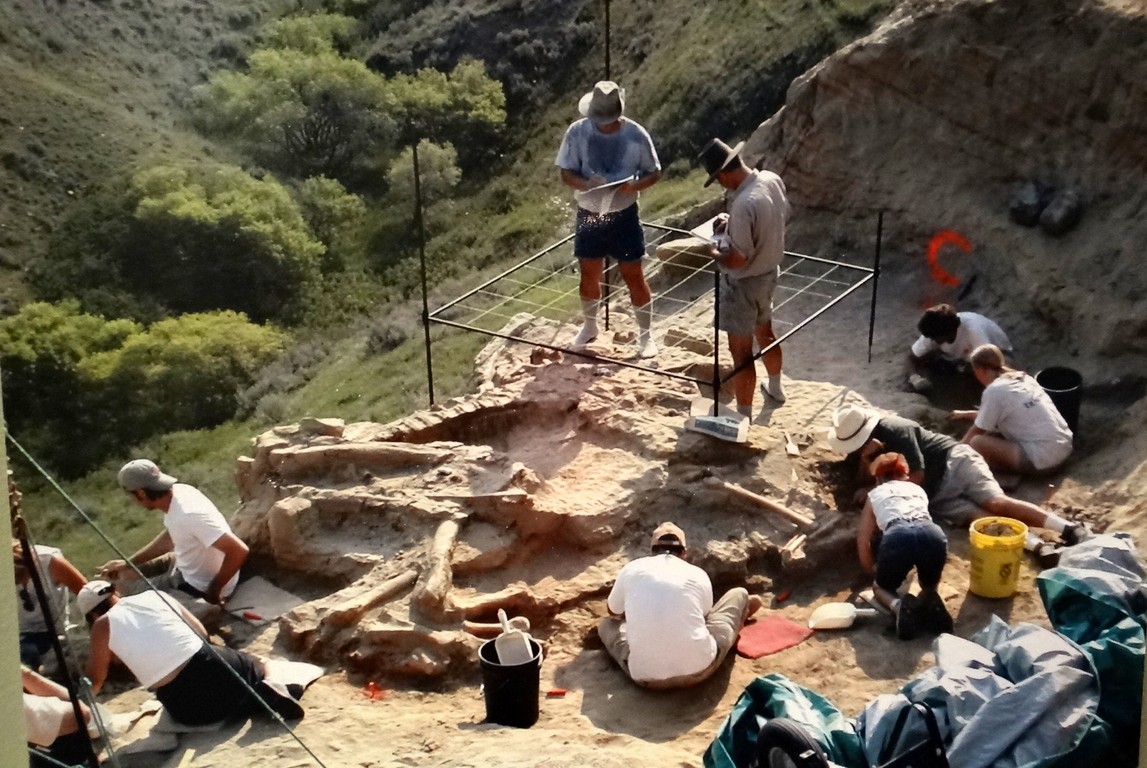
This dinosaur was on a steep hillside and couldn't be platformed.
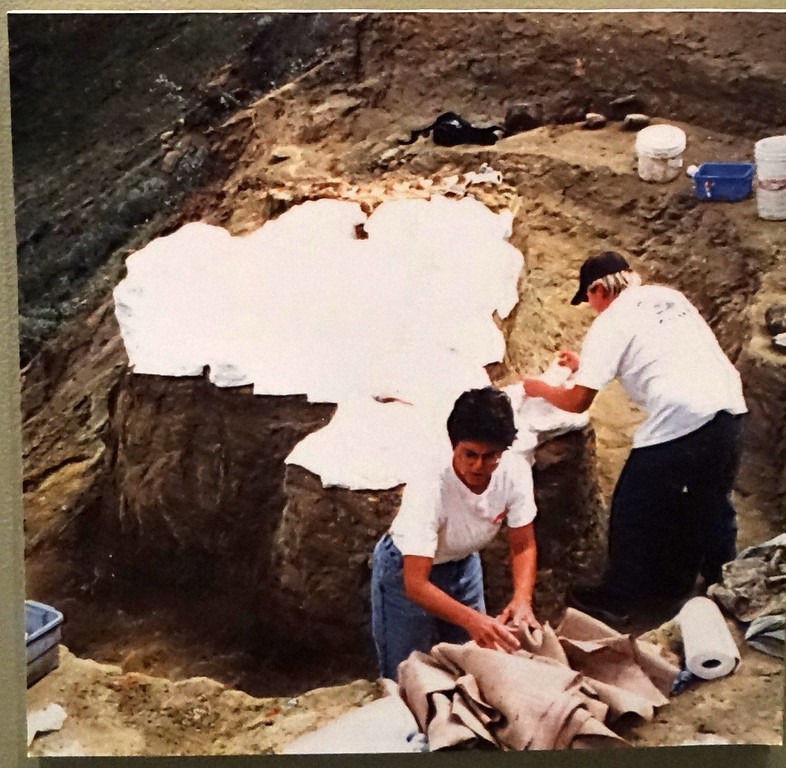
Platforming gives the workers a "table" to work around and makes removal easier.
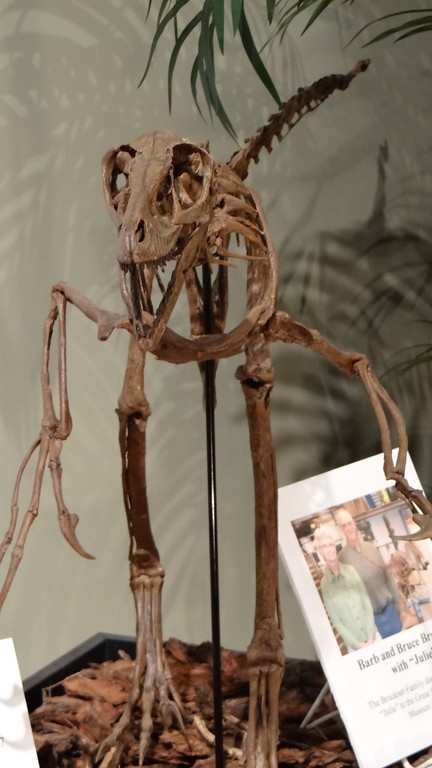
And this is the result. Julie, a beautiful and complete raptor. Names are often chosen from the landowners family, or from the archeologists name. An Austrailian team discovered this fossil and wanted to name it Julie after a member of their family. The land owner had a daughter named Julie, so it was a perfect name.
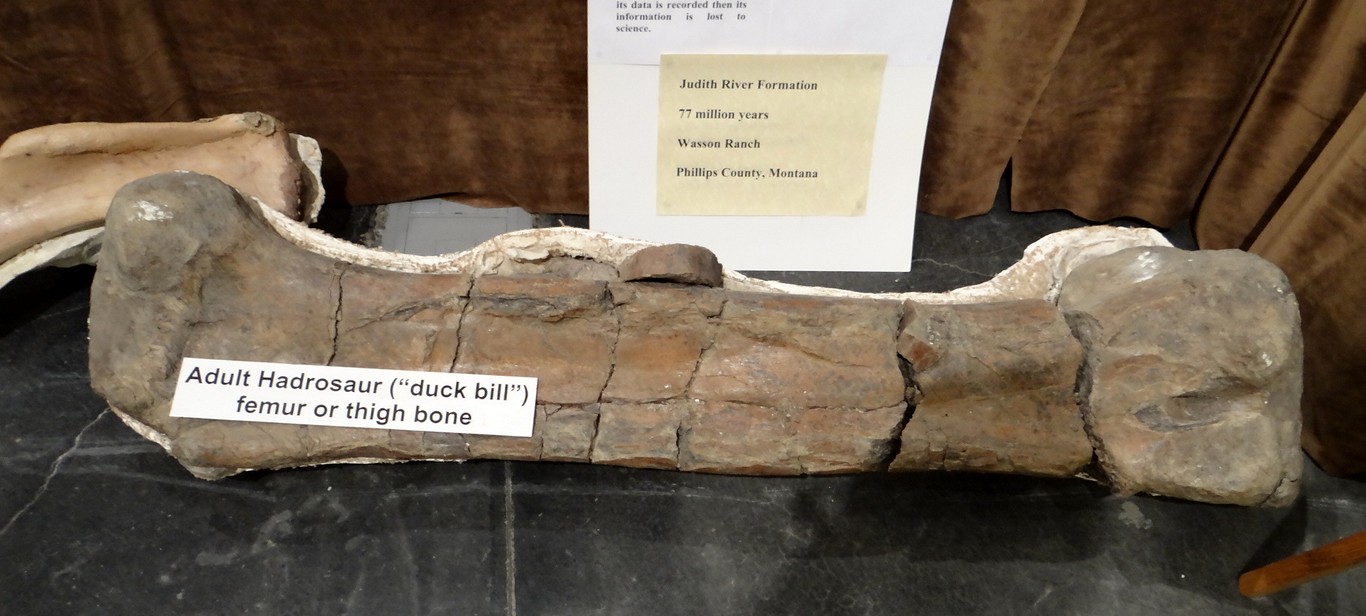
Not all finds are as complete as Julie, but now major finds are kept in the county. They allow them to travel to other exhibits and they are open to scientists for study.

This is a picture of Sue Frary the curator and lead archeologist at the Museum. She does field work and study here. Very friendly, enthusiastic and informative, the museum encourages people to take vacations here, join a field exploration and maybe even bring home some fossils.

The Koss family did just that and 4 year old Kennedy Koss made a major discovery.
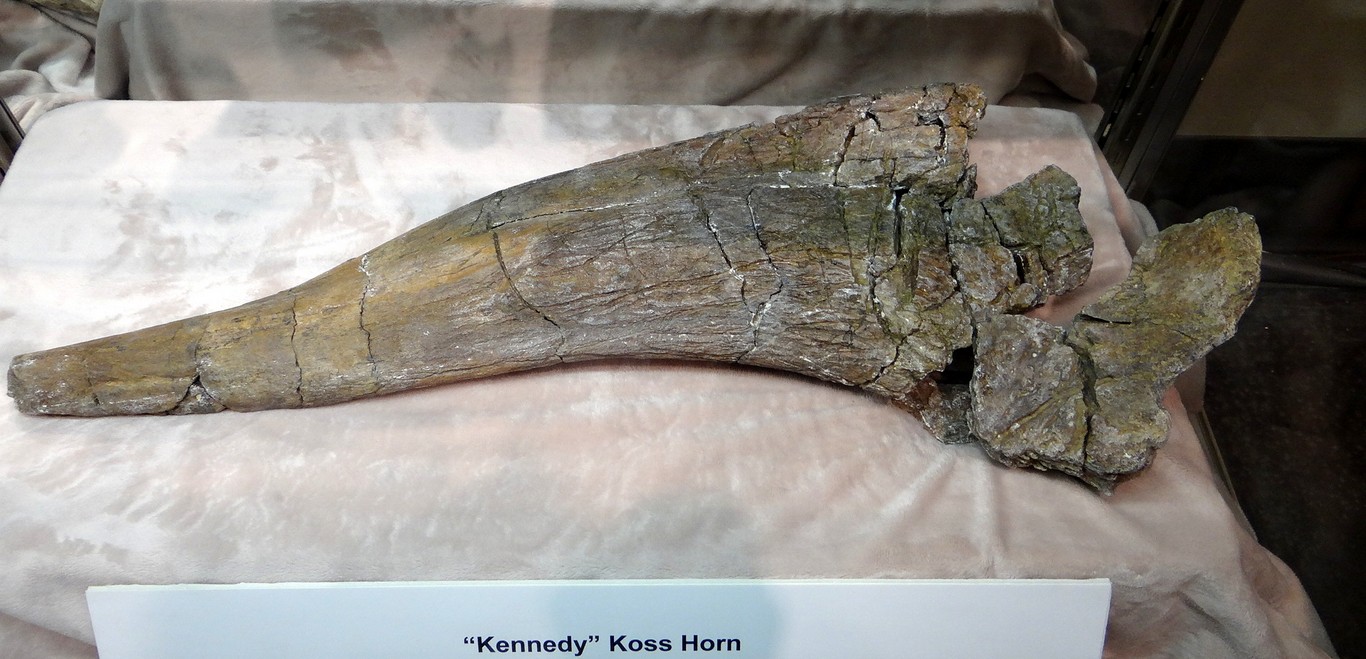
Kennedy's find above, discovered in 2008 and named the Kennedy Koss Horn. It is a triceratops horn with a bite mark on it. Sue told me another 4 year old found a dinosaur tooth.
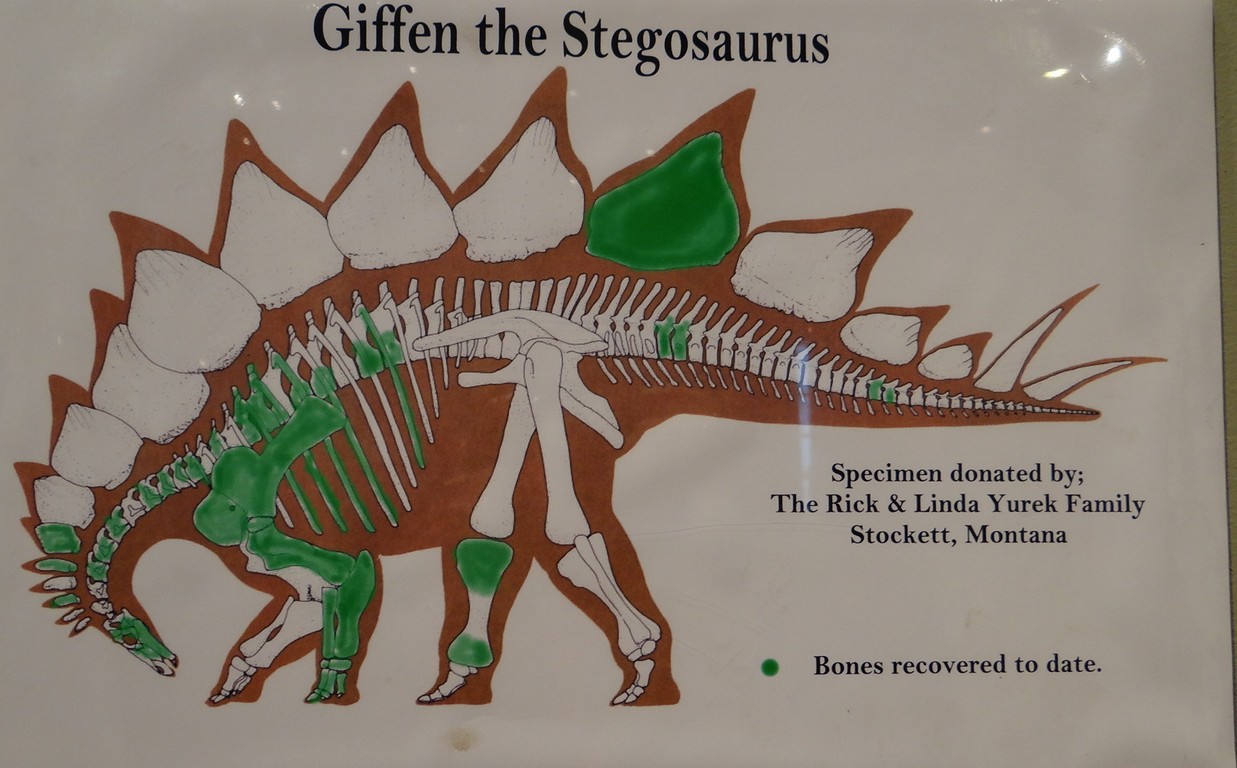
And another child found the Giffen Stegosaurus "spike" or plate, as shown in the figure above. Giffen is the only Jurassic dinosaur discovered so far in the area.
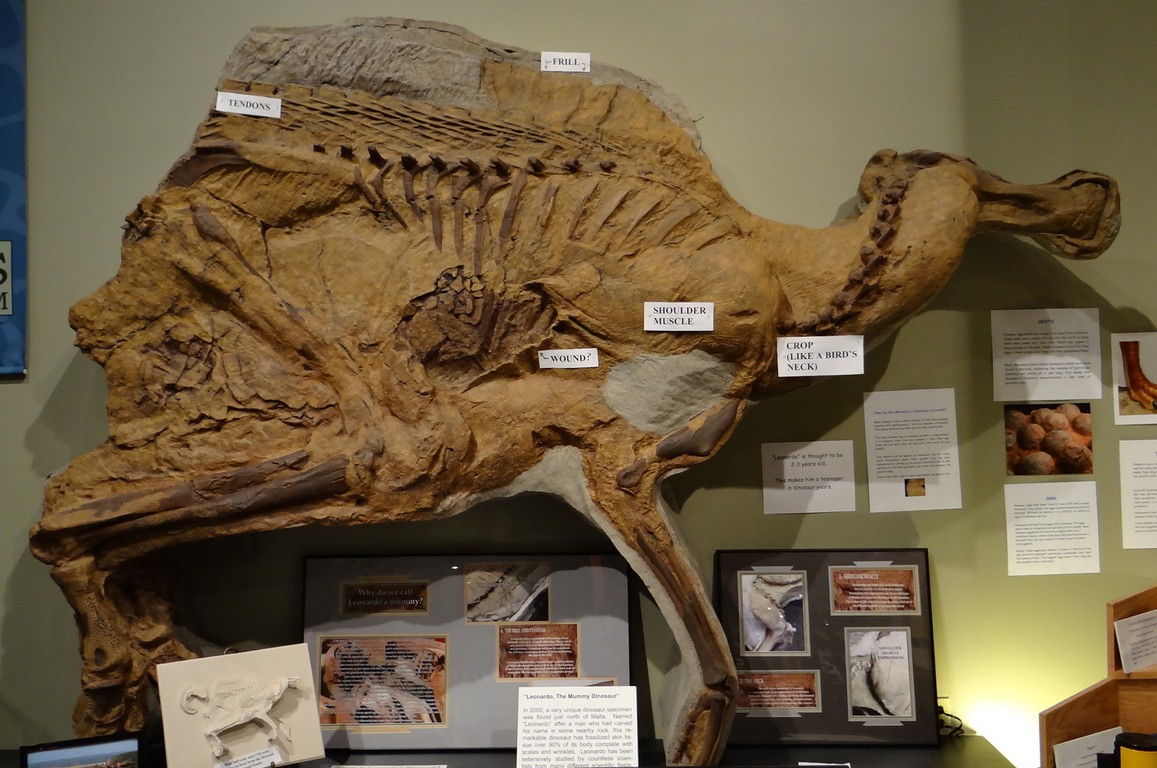
This is Leo a young male dinosaur. He is one of the few dinosaurs with mummified skin. He shows tendons and features usually not present on old bones. He travels all over the world and brings in money to help support the museum.
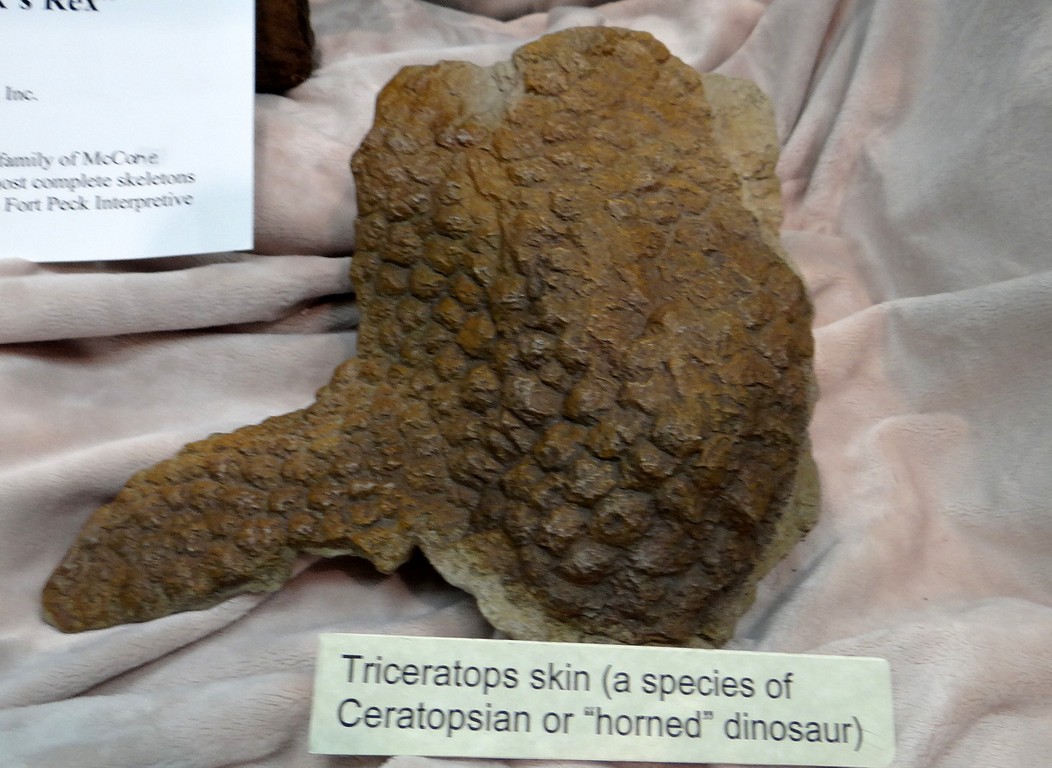
An example of dinosaur skin.

And this is Roberta. She still sits in her plaster bed. She died from a bite that got infected.
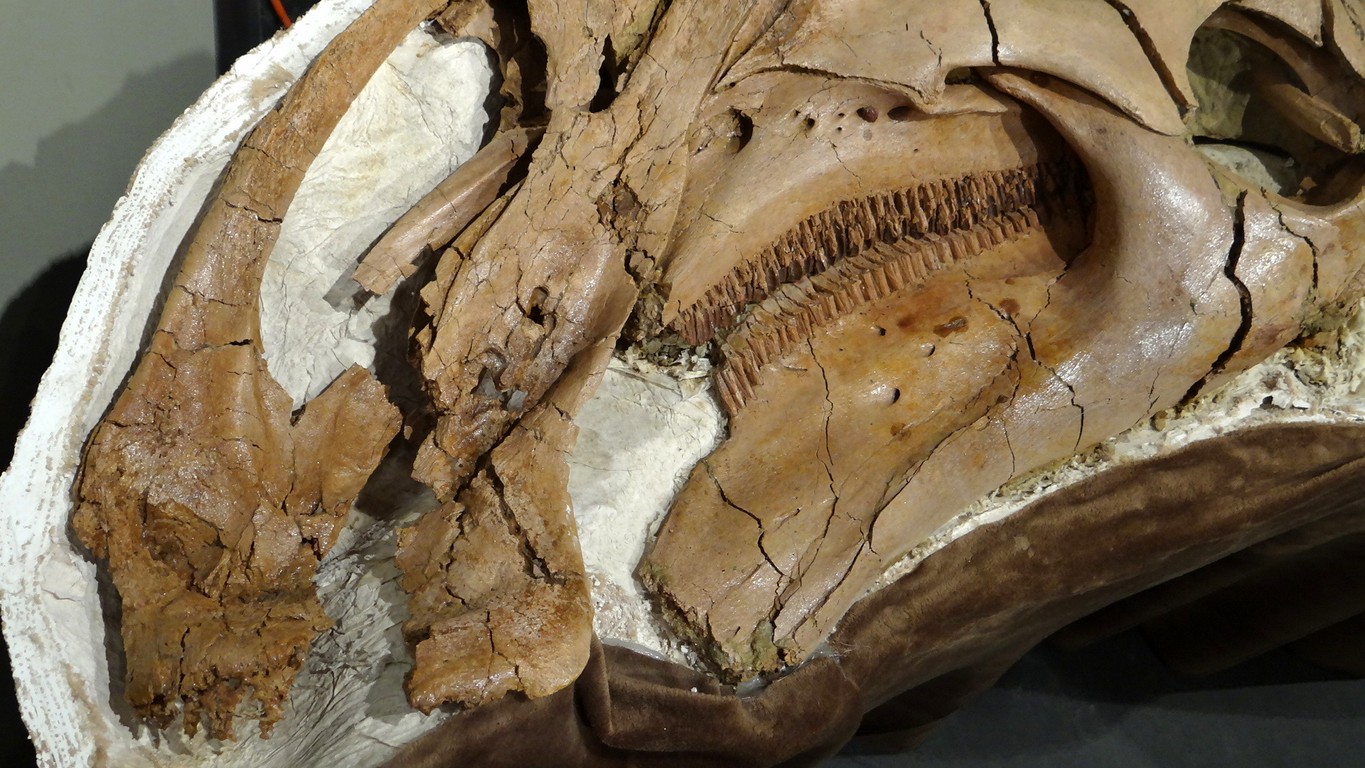
In this close up of her head, the second pendula from the left is a fracture that tried to heal. Above the fracture are two darkish holes where infection set in and most likely caused her death.
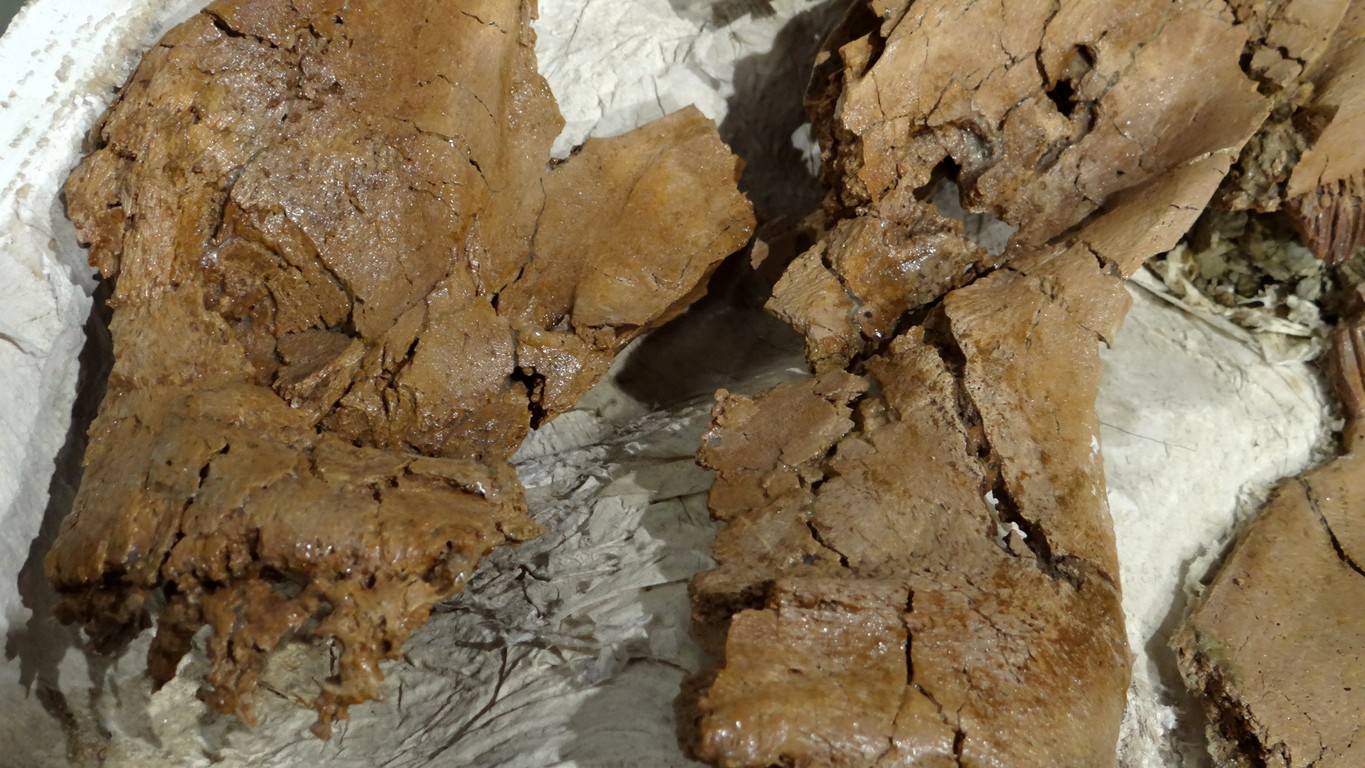
This is a close up of the two bone parts of the face. On the right the open fracture and above it the infected holes. Somehow, other dinosaur museums didn't interest me as much as this one. Some how, gawking and oohing and awing over the immensity of the creatures wasn't as personal as this small museum.
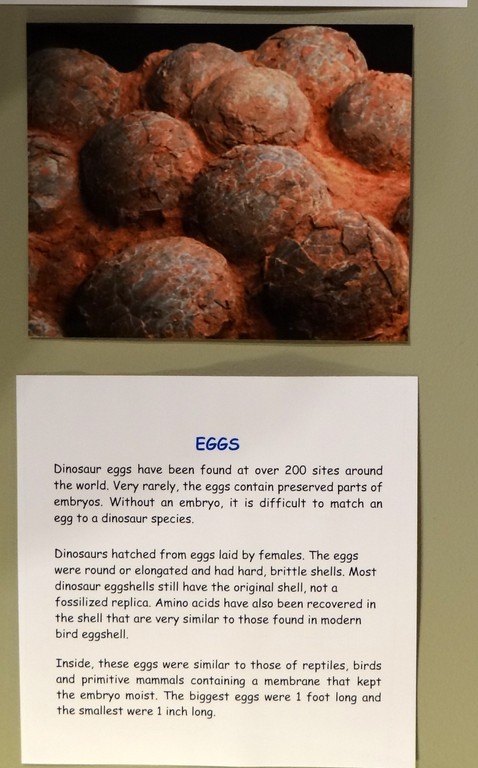
Dinosaur eggs.
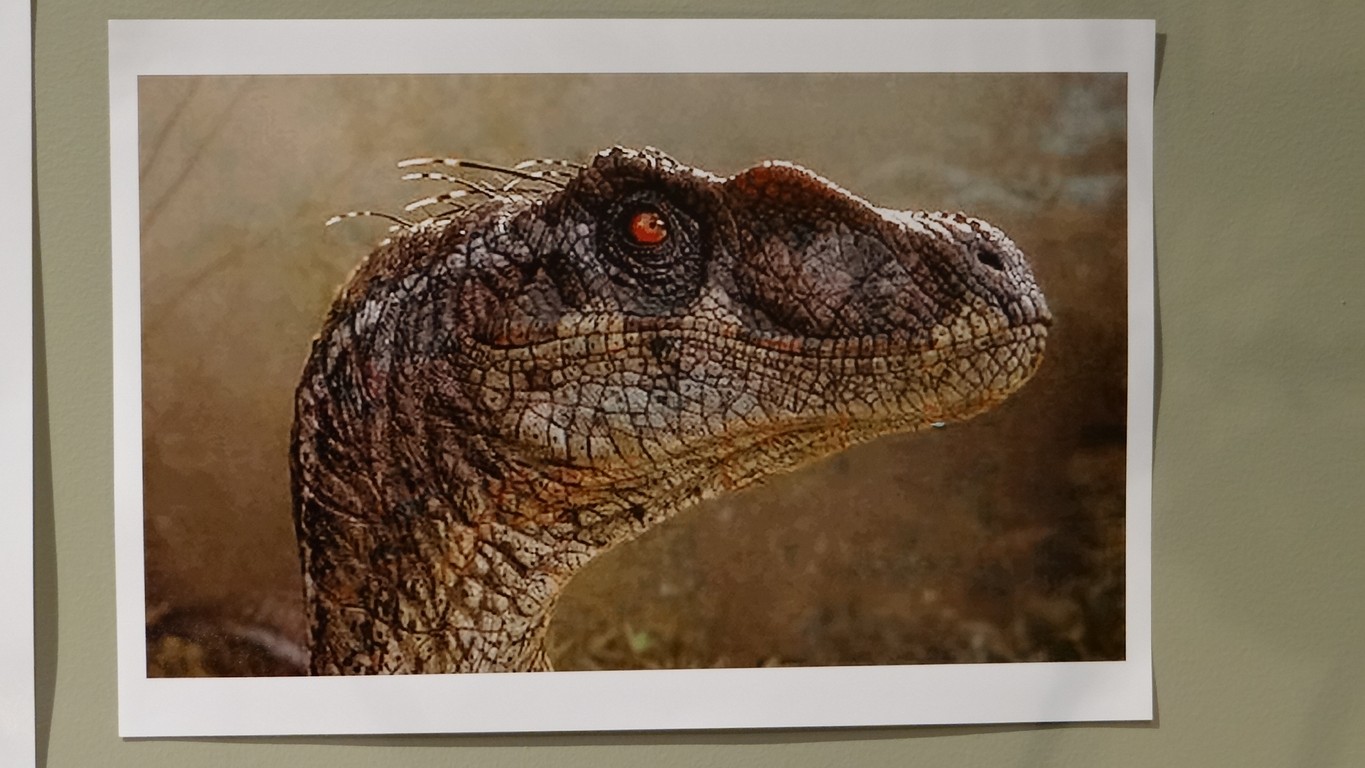
What Julie looks like when fleshed out.
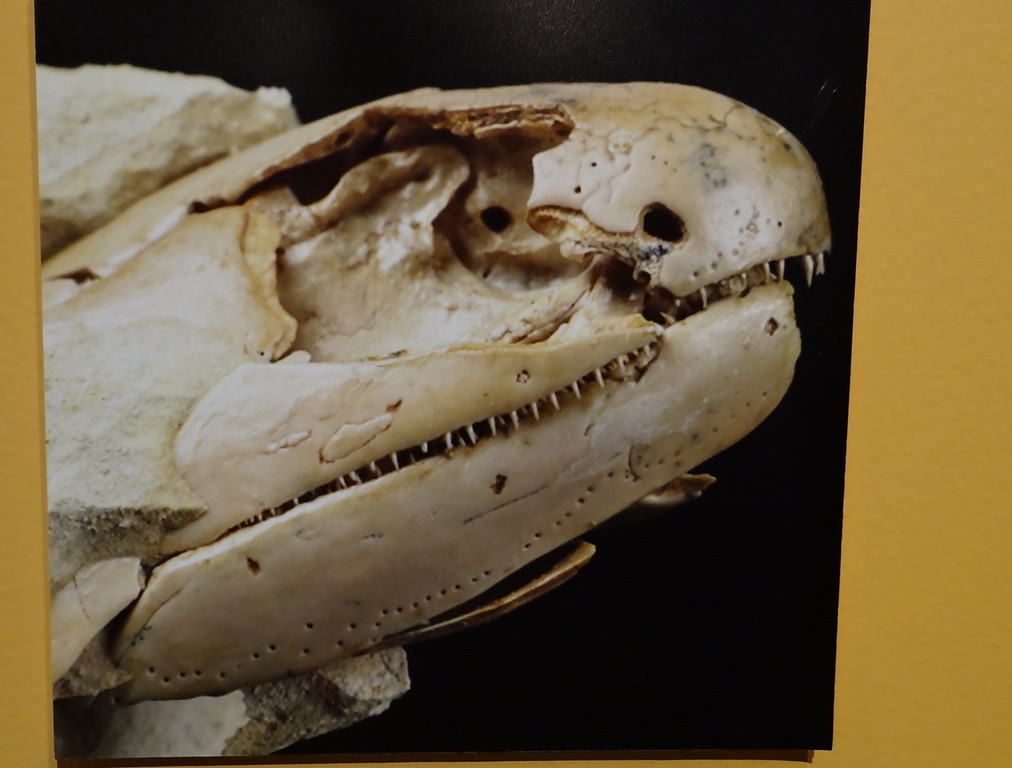
Prehistoric fish bones.
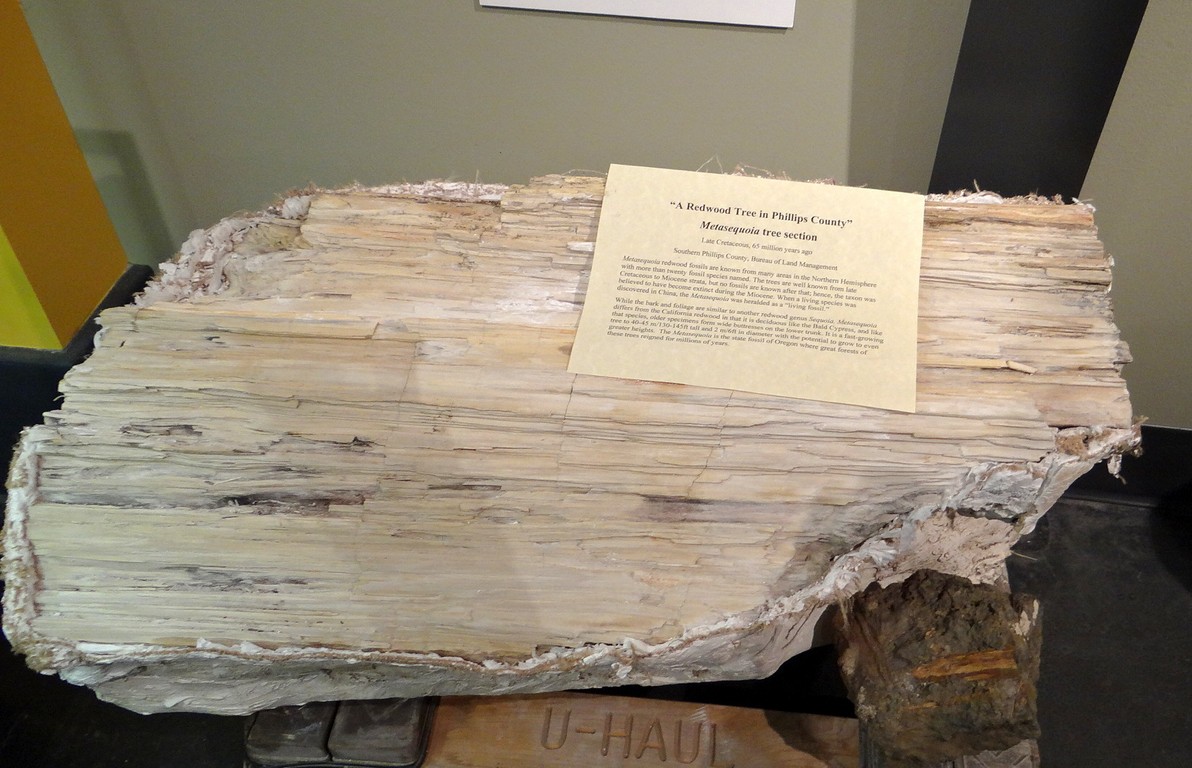
A plant dinosaur specimen. A type of redwood tree that apparently grew all over Montana.
There is a lot to see here and I really enjoyed this place. Do go. You'll learn a lot in a very interesting fashion with an interesting curator. Better yet, send your grandkids on a field trip. And, last, I chose to wear orange on Sunday.
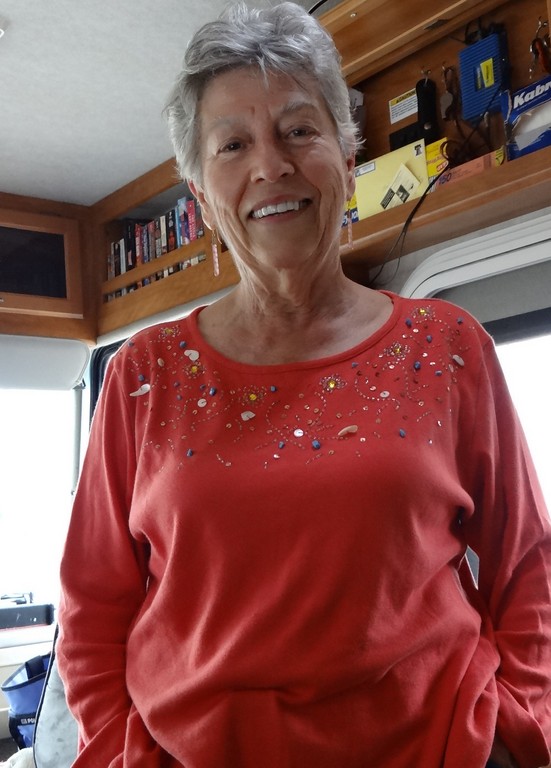
Orange is a bold color, and the No Kid Hungry campaign has an equally bold solution for ending childhood hunger in America. This September, join Share Our Strength's No Kid Hungry campaign to raise awareness that 1 in 5 children in America face hunger. It's a problem we can solve, and it's time to get involved. Add your support to the No Kid Hungry campaign, and together let's end childhood hunger in America.
1 comment:
All of this will be a very welcome change from the past six years, and I'm afraid I'll like it so much that we may have to ask Amos and the human auger to come again next year and build us a covered deck on the west side of the house. fence contractors midland tx
Post a Comment